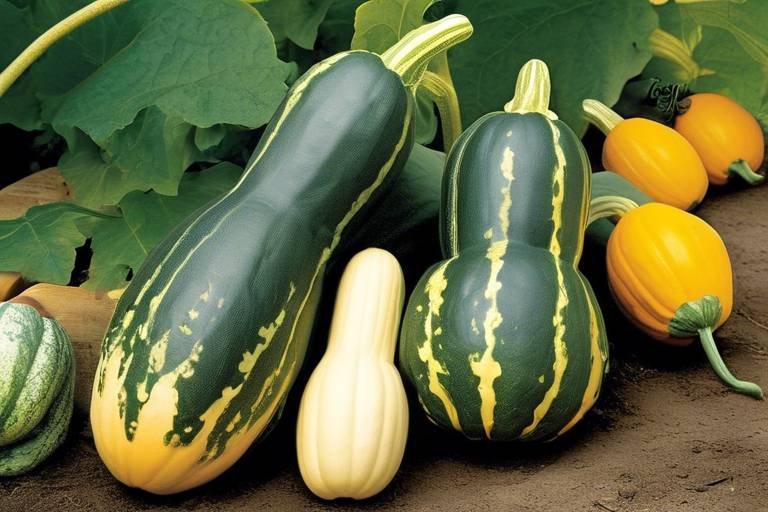How to Prune Trees and Shrubs Correctly
Pruning trees and shrubs is a vital task that contributes significantly to their overall health and aesthetic appeal. When done correctly, pruning can promote healthy growth, maintain plant structure, and prevent diseases from spreading. It's like giving your plants a rejuvenating spa treatment, ensuring they look their best and thrive in their environment.
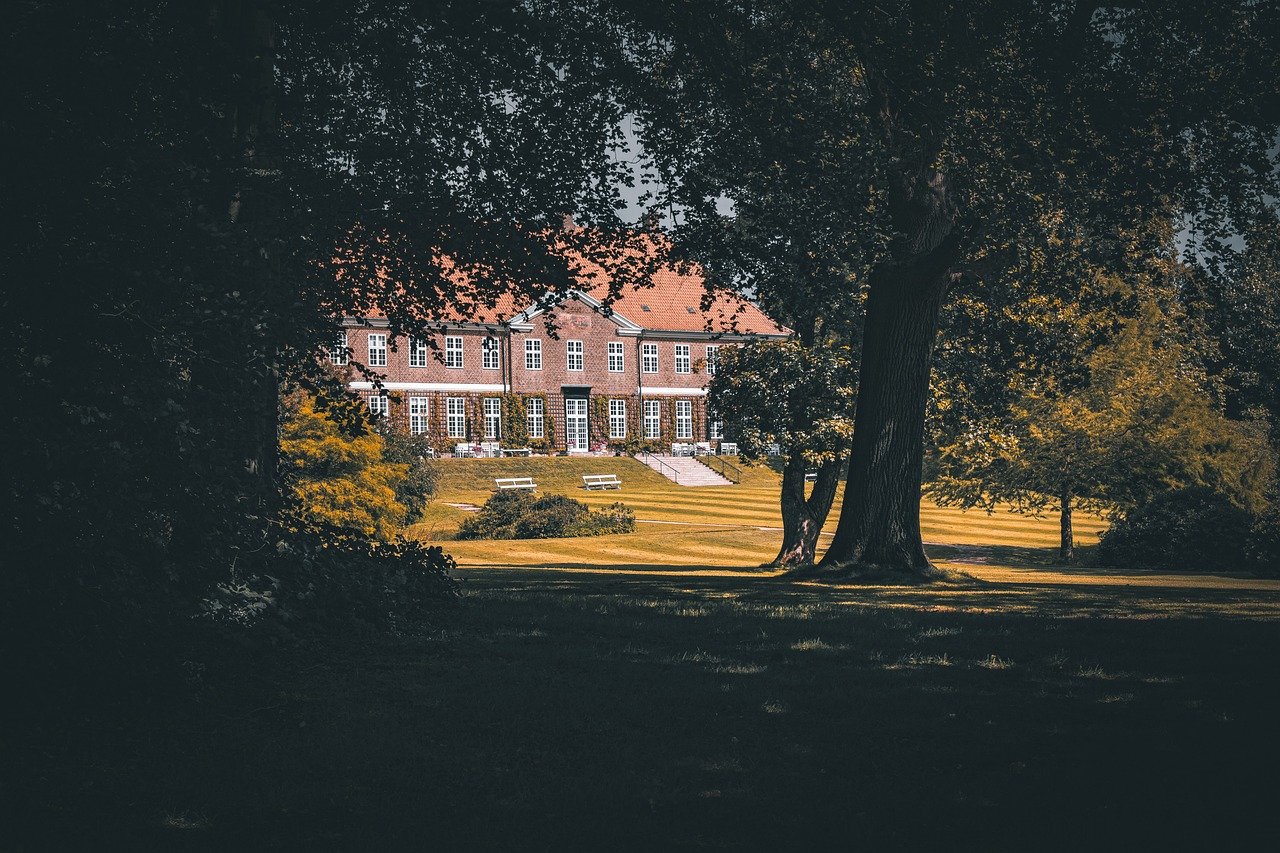
Benefits of Pruning
Pruning trees and shrubs is more than just a chore; it's a vital practice that brings a myriad of benefits to your beloved plants. Imagine giving your plants a refreshing makeover that not only enhances their beauty but also promotes their overall health and longevity. The act of pruning is like giving your plants a spa day, where dead or overgrown branches are trimmed away, allowing for new growth and improved structure.
One of the key benefits of pruning is the promotion of healthy growth. By removing dead or diseased branches, you're essentially giving your plants a fresh start, encouraging new growth and ensuring that nutrients are directed to where they are needed most. This process rejuvenates the plant, leading to stronger, more vibrant foliage and blooms.
Furthermore, pruning enhances the appearance of your trees and shrubs, giving them a well-groomed and tidy look. Just like how a haircut can transform your appearance, pruning shapes and defines the silhouette of your plants, making them more visually appealing and adding to the overall aesthetics of your garden.
Another crucial benefit of pruning is disease prevention. By removing infected or damaged branches, you're stopping the spread of diseases that can harm your plants. Think of pruning as a way to boost your plant's immune system, keeping them strong and resilient against common ailments that can plague unattended foliage.
Understanding these will not only motivate you to pick up those pruning shears but also instill a sense of responsibility towards the well-being of your plants. Regular pruning sessions will not only keep your trees and shrubs in top condition but also create a harmonious and thriving garden environment that you can enjoy for years to come.
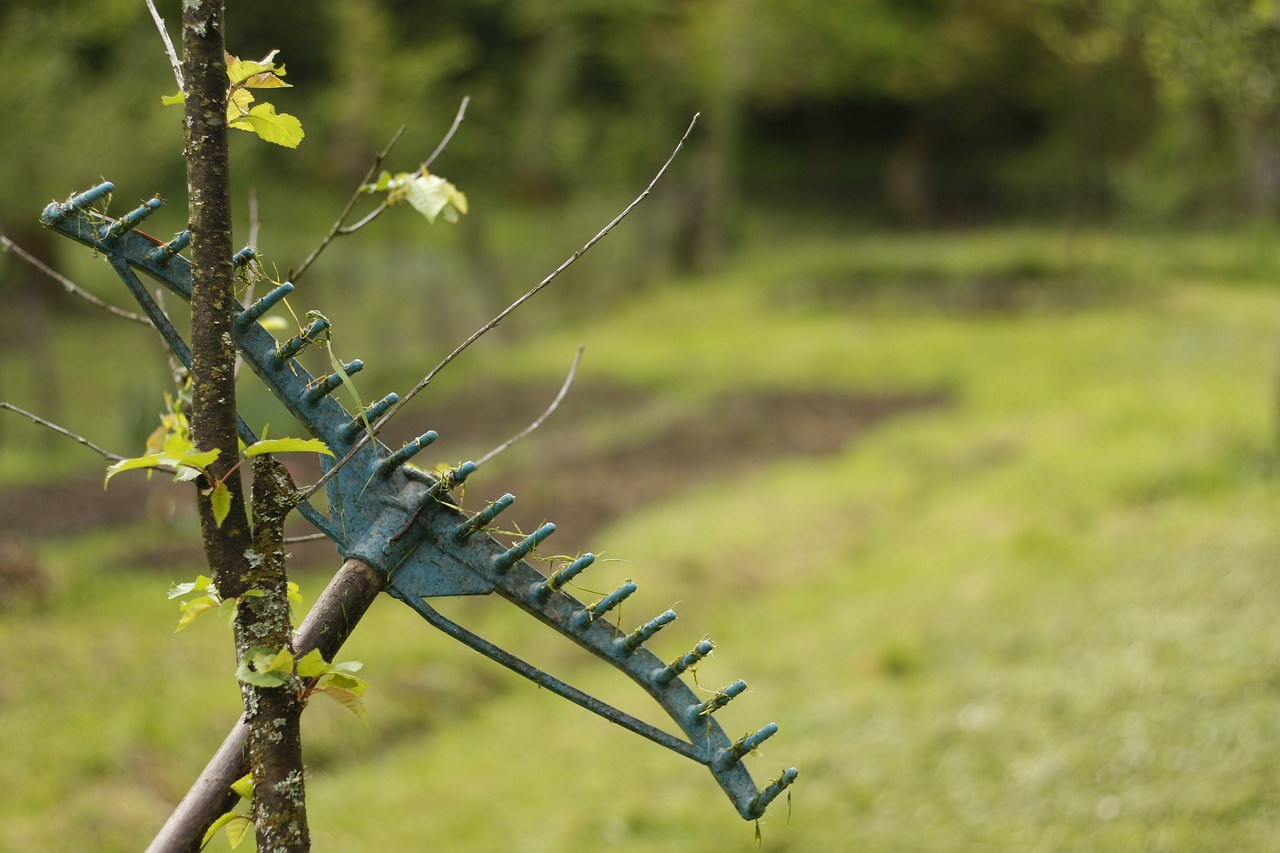
Tools for Pruning
When it comes to pruning trees and shrubs, having the right tools is essential for the task to be effective and beneficial for the plants. The selection of tools can greatly impact the health and appearance of your greenery. One of the most basic tools for pruning is a pair of pruning shears, also known as secateurs, which are ideal for cutting small branches and stems. For larger branches, loppers are necessary, providing the leverage needed to cut through thicker growth. Additionally, a pruning saw is essential for cutting branches that are too large for shears or loppers to handle.
For shaping and fine-tuning the appearance of your trees and shrubs, pruning snips are handy for precision cutting of small branches and flowers. To reach higher branches, a pruning pole with a saw or lopper attachment can be used. It is also important to keep your tools sharp and well-maintained to ensure clean cuts that promote plant health.

Pruning Techniques for Trees
Pruning trees is a vital aspect of maintaining their health and appearance. When it comes to trees, different species have varying needs when it comes to pruning techniques. For instance, deciduous trees may require different pruning methods compared to evergreen trees. Understanding the specific requirements of each tree species is crucial for promoting healthy growth and structure.
One common pruning technique for trees is known as crown thinning, which involves selectively removing branches to allow more light and air to penetrate the tree's canopy. This technique not only improves the tree's overall health but also enhances its aesthetic appeal. Additionally, crown raising is another technique used to elevate the lower branches of a tree, creating more clearance underneath.
It's important to note that proper pruning cuts are essential to prevent damage and promote healing. Making clean cuts at the correct angle and location is crucial for the tree's health. Improper pruning cuts can leave the tree vulnerable to diseases and pests, ultimately compromising its overall well-being.
When pruning trees, it's also important to consider the tree's growth pattern and natural form. By understanding how a tree naturally grows, you can tailor your pruning techniques to enhance its natural beauty and structural integrity. Avoid over-pruning, as this can stress the tree and lead to potential issues in the future.
Lastly, regular monitoring of your trees is key to identifying any potential issues that may require pruning. Inspecting your trees for dead or diseased branches, as well as signs of pest infestations, can help you address problems early on. By staying proactive with your tree pruning efforts, you can ensure the long-term health and vitality of your trees.
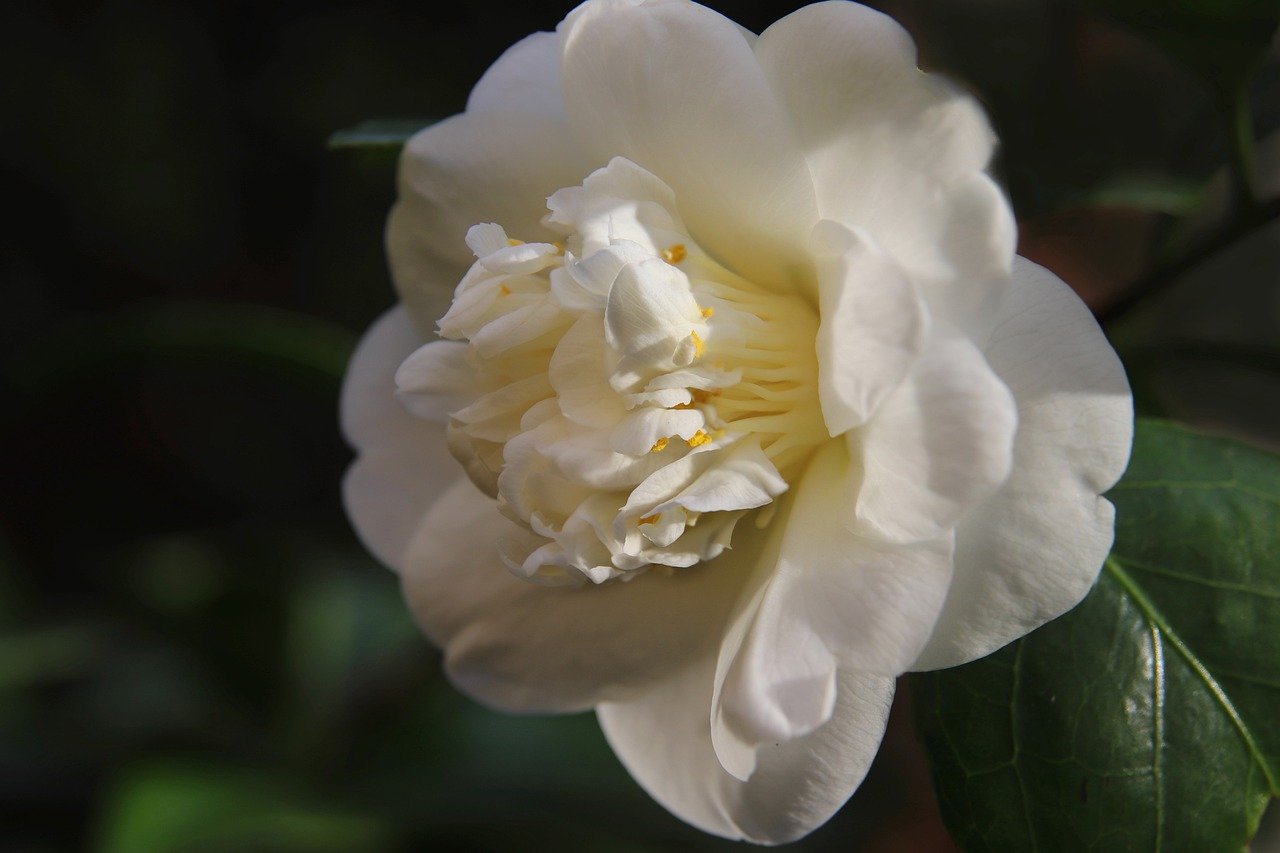
Pruning Techniques for Shrubs
When it comes to pruning shrubs, it's essential to understand the specific needs of each type to ensure their health and beauty. Different shrubs have varying growth habits and pruning requirements, so it's crucial to tailor your pruning techniques accordingly. For shrubs that bloom on new wood, such as butterfly bushes and hydrangeas, pruning in late winter or early spring before new growth appears is ideal. This allows the shrub to focus its energy on producing new blooms rather than maintaining old wood.
On the other hand, shrubs that bloom on old wood, like lilacs and forsythias, should be pruned right after they finish flowering to encourage new growth for the following year. Removing dead or diseased branches, as well as crossing or rubbing branches, is essential for the overall health of the shrub. Proper pruning techniques also involve cutting back overgrown or leggy branches to promote a more compact and attractive shape.
When pruning shrubs, it's important to use sharp and clean tools to make precise cuts without causing unnecessary damage. Avoid cutting into the collar of the branch, as this can impede the shrub's natural healing process. Instead, make cuts just outside the branch bark ridge and collar to promote proper healing and reduce the risk of disease or pest infestation.
Regularly inspecting your shrubs for any signs of damage, disease, or overgrowth can help you identify when pruning is necessary. By staying proactive and attentive to your shrubs' needs, you can maintain their health and vitality for years to come.
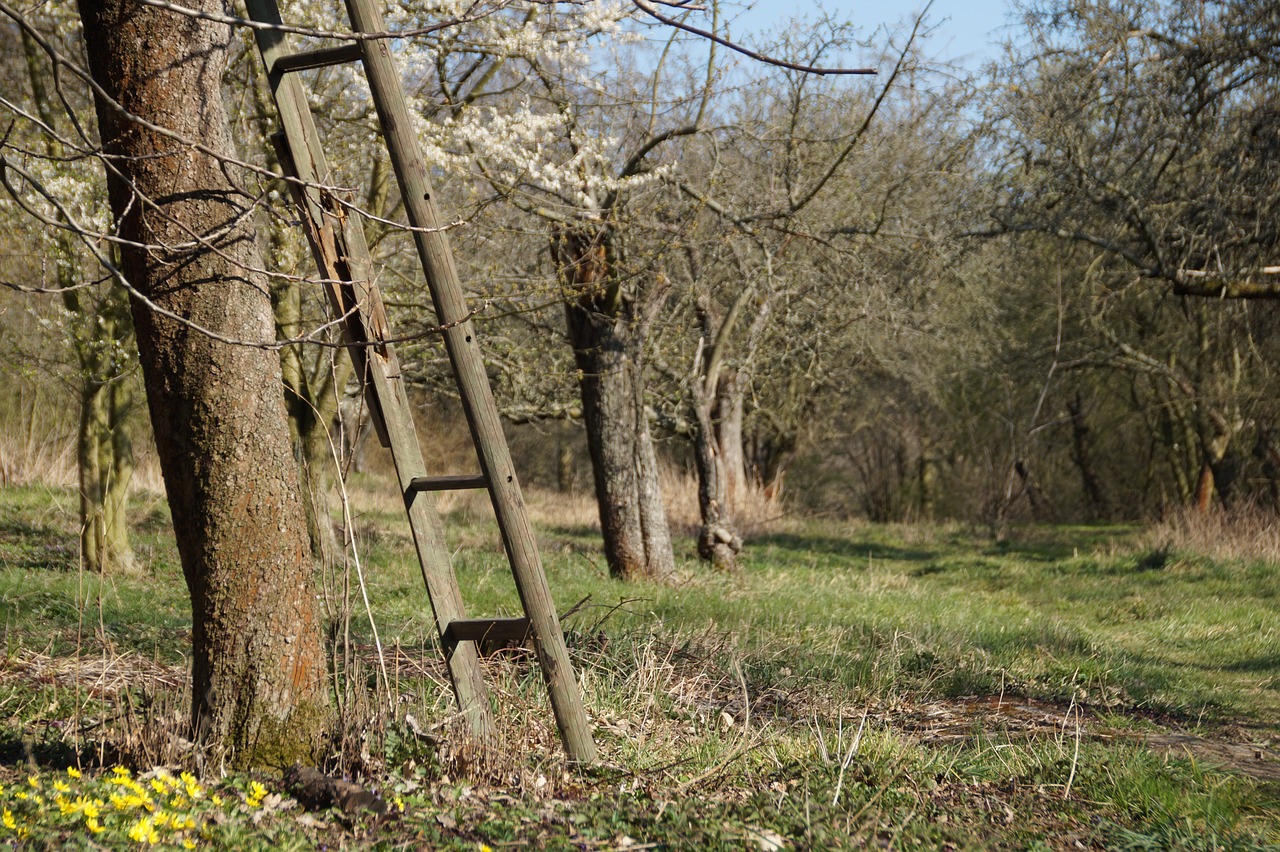
When to Prune
Pruning trees and shrubs at the right time is crucial for their overall health and well-being. The timing of pruning can vary depending on the type of plant and the desired outcome. Generally, the best time to prune most trees and shrubs is during the dormant season, which is typically in late winter or early spring. This period allows the plants to recover quickly and promotes vigorous growth once the growing season begins.
However, there are exceptions to this rule, as some plants may benefit from pruning at different times of the year. For example, spring-flowering shrubs should be pruned immediately after they bloom to avoid cutting off next year's flower buds. On the other hand, summer-flowering plants can be pruned in late winter or early spring before new growth begins.
It's essential to consider the specific needs of each plant before deciding when to prune. Factors such as flowering time, growth habits, and overall health should all be taken into account. By understanding the unique requirements of your trees and shrubs, you can ensure that your pruning efforts are timed for maximum benefit.
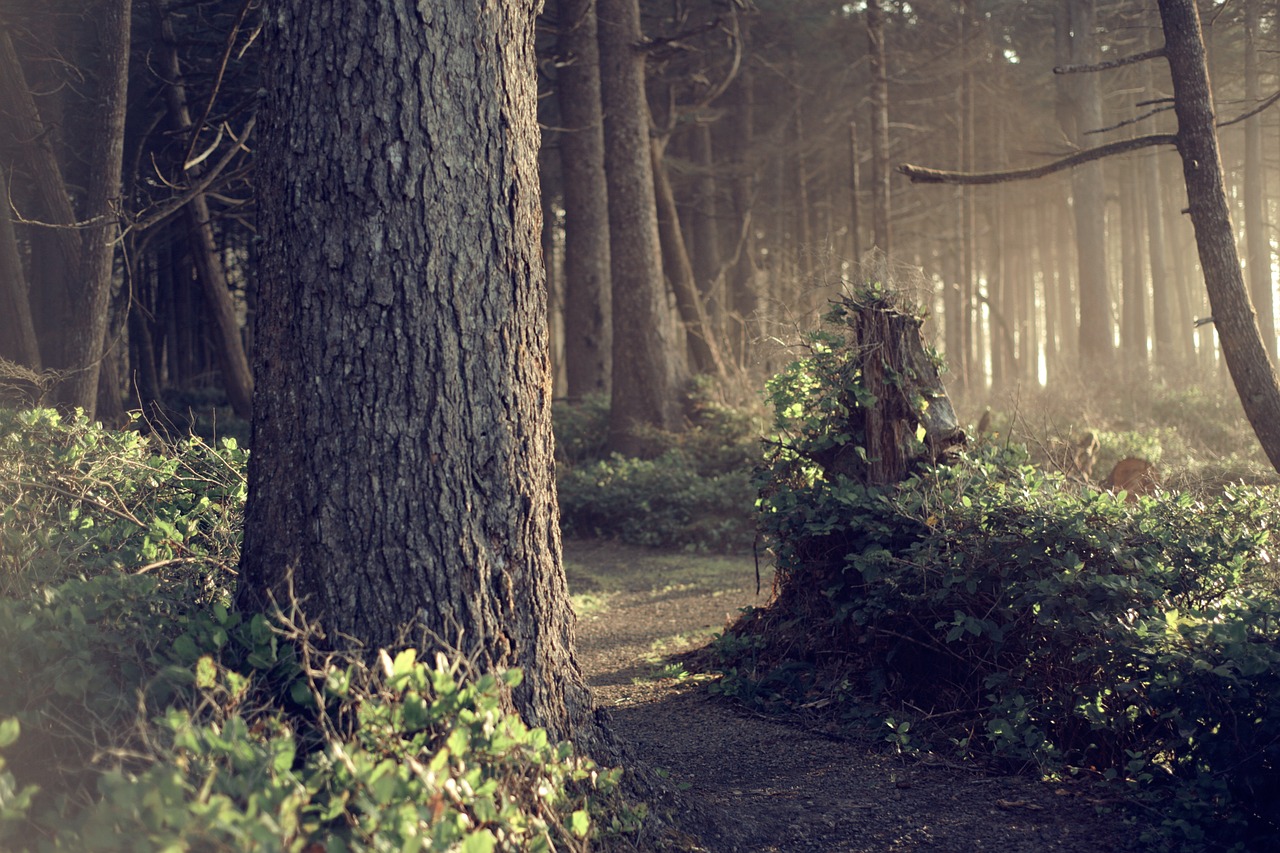
Common Pruning Mistakes to Avoid
When it comes to pruning trees and shrubs, avoiding common mistakes is crucial to ensure the health and vitality of your plants. One of the most common errors is over-pruning, which can weaken the plant and make it more susceptible to diseases and pests. It's important to strike a balance and only remove the necessary branches.
Another mistake to avoid is improper pruning cuts. Making cuts too close to the trunk or leaving stubs behind can lead to decay and create entry points for pathogens. Using sharp and clean tools to make precise cuts at the right angle is essential for the plant's well-being.
Pruning at the wrong time is a common error that can impact the plant's growth and flowering. Different plant species have specific pruning times, and pruning outside of the recommended periods can disrupt their natural cycles. It's essential to research the ideal pruning times for each type of tree or shrub in your garden.
One more mistake to avoid is neglecting to remove dead or diseased branches. These branches can harbor pathogens that spread to healthy parts of the plant, compromising its overall health. Regularly inspecting your trees and shrubs for any signs of disease or decay and promptly removing affected branches is essential for their well-being.
Lastly, ignoring the plant's natural form is a mistake that can result in an unbalanced and unhealthy appearance. Each tree and shrub has a natural growth pattern that should be respected during pruning. Understanding the plant's growth habits and pruning accordingly will help maintain its structural integrity and aesthetic appeal.

Pruning Young Trees and Shrubs
Pruning young trees and shrubs is a crucial step in ensuring their long-term health and structural integrity. When plants are young, proper pruning techniques can help shape them for future growth and development. By removing any damaged or crossing branches early on, you can prevent potential issues as the tree or shrub matures.
One essential aspect of pruning young trees and shrubs is establishing a strong central leader. This central stem acts as the main trunk of the tree and provides structural support as the plant grows. By encouraging the growth of a central leader and removing competing leaders, you can prevent structural weaknesses and ensure a well-balanced canopy.
In addition to shaping the overall structure of the plant, pruning young trees and shrubs can also help promote strong root development. By removing excess branches and encouraging outward growth, you can stimulate root growth and improve the plant's ability to absorb nutrients and water from the soil.
It is important to note that over-pruning young trees and shrubs can be detrimental to their growth. Avoid removing more than 25% of the plant's foliage in a single pruning session, as this can stress the plant and inhibit its ability to photosynthesize effectively. Instead, opt for gradual pruning sessions spread out over time to allow the plant to recover and adjust to the changes.
When pruning young trees and shrubs, always use sharp, clean tools to make precise cuts and minimize the risk of disease transmission. Properly sterilizing your tools between cuts can help prevent the spread of pathogens and ensure the health of your plants.
Remember, the goal of pruning young trees and shrubs is to establish a strong foundation for future growth. By following proper pruning techniques and being mindful of the plant's specific needs, you can help your trees and shrubs thrive for years to come.
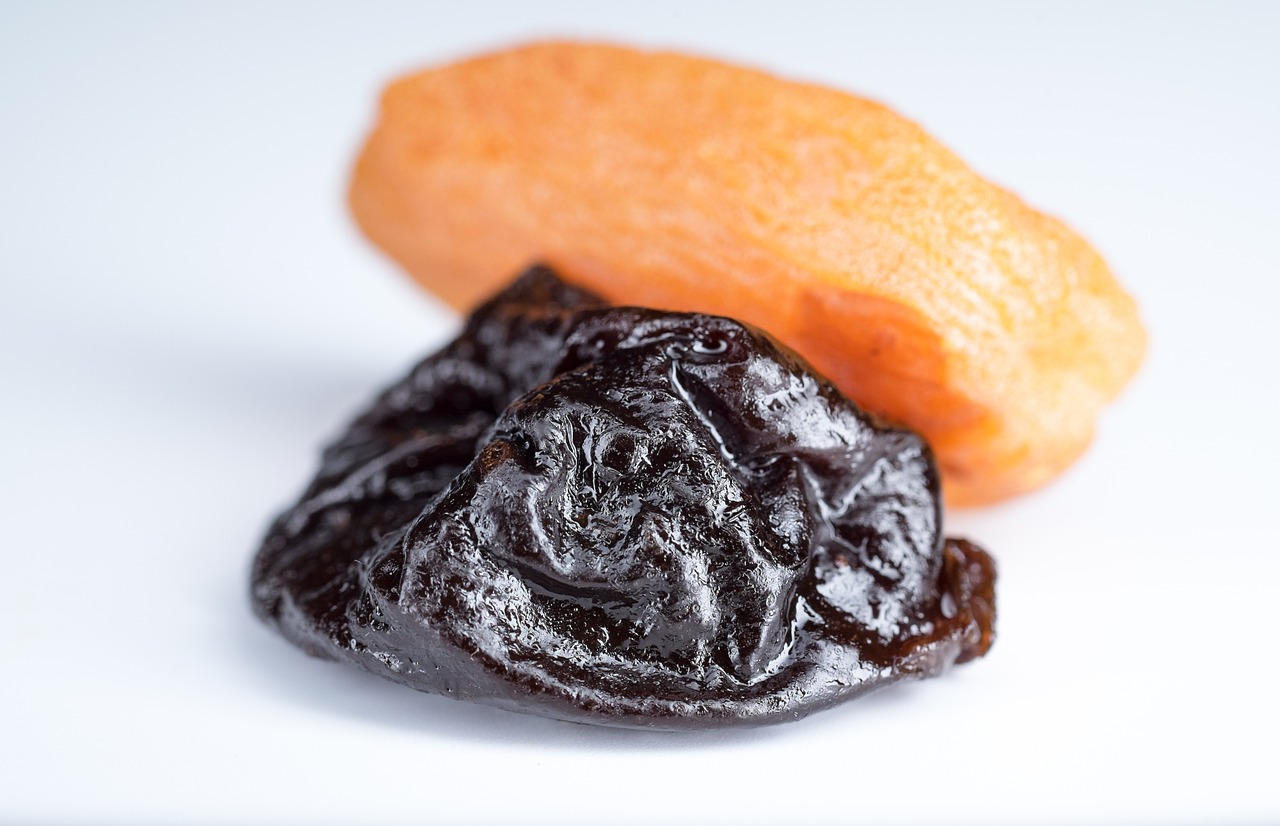
Consulting with Professionals
When it comes to caring for your trees and shrubs, sometimes it's best to seek the expertise of professionals. Consulting with arborists or horticulturists can provide valuable insights and guidance on the proper care and maintenance of your plants. These experts have in-depth knowledge of tree and shrub species, growth patterns, and pruning techniques, making them valuable resources for ensuring the health and longevity of your greenery.
Whether you are unsure about the best pruning practices for a specific tree species or need advice on addressing a particular issue with your shrubs, consulting with professionals can offer personalized recommendations tailored to your plants' needs. By tapping into their expertise, you can avoid potential mistakes and ensure that your trees and shrubs receive the best care possible.
Arborists and horticulturists can also provide valuable insights on overall plant health, pest management, and disease prevention. Their trained eye can spot early signs of trouble and offer proactive solutions to keep your greenery thriving. Additionally, they can advise on proper fertilization, watering schedules, and other essential aspects of plant care to promote optimal growth and vitality.
Frequently Asked Questions
- When is the best time to prune trees and shrubs?
Pruning timing depends on the specific plant species. Generally, it's best to prune trees during their dormant season in late winter or early spring before new growth begins. For shrubs, pruning timing varies based on whether they bloom on new or old wood. Researching the specific needs of your plants will ensure you prune at the optimal time for their health.
- What are some common pruning mistakes to avoid?
Common pruning mistakes include topping trees, which can lead to weak growth and decay, and leaving stubs that invite disease. Over-pruning, such as removing too much foliage at once, can also harm the plant. It's crucial to use sharp, clean tools and make cuts at the correct angles to prevent damage and promote healthy regrowth.
- How can I determine the right pruning technique for my trees and shrubs?
Understanding the specific needs of your plants is key to determining the right pruning technique. Research the growth habits of your trees and shrubs to identify any structural issues or dead/diseased branches that need removal. Tailoring your pruning approach to each plant's requirements will help maintain their health and aesthetics.

















